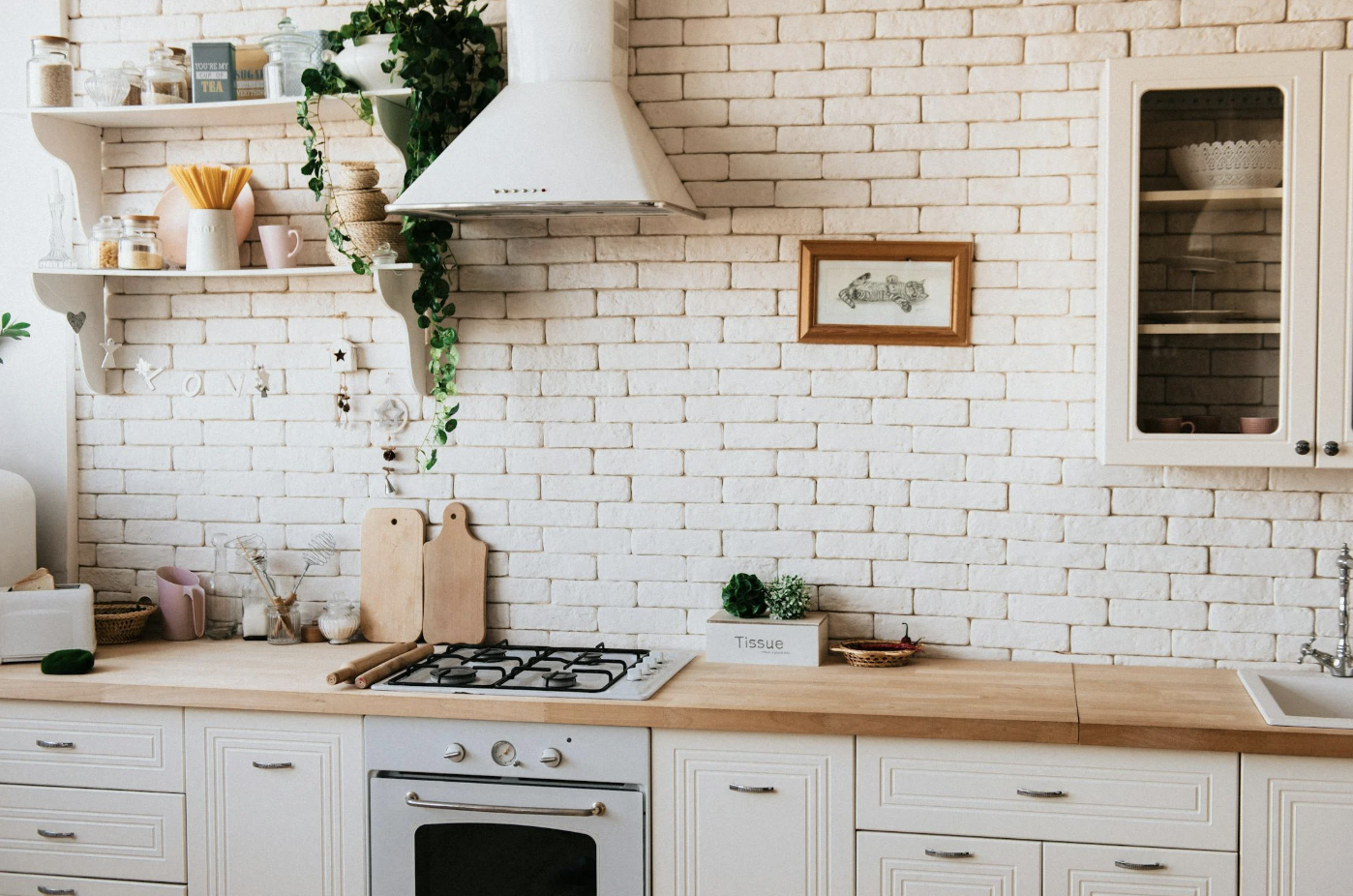
Our kitchens are one of the biggest sources of plastic waste, from food packaging to storage containers. Transitioning to a plastic-free kitchen may seem overwhelming at first, but with small, intentional steps, it’s entirely possible. Not only does reducing plastic help the environment, but it also promotes a healthier home, free from harmful chemicals often found in plastic products. Here’s your ultimate guide to creating a plastic-free kitchen.
1. Assess and Reduce Existing Plastic
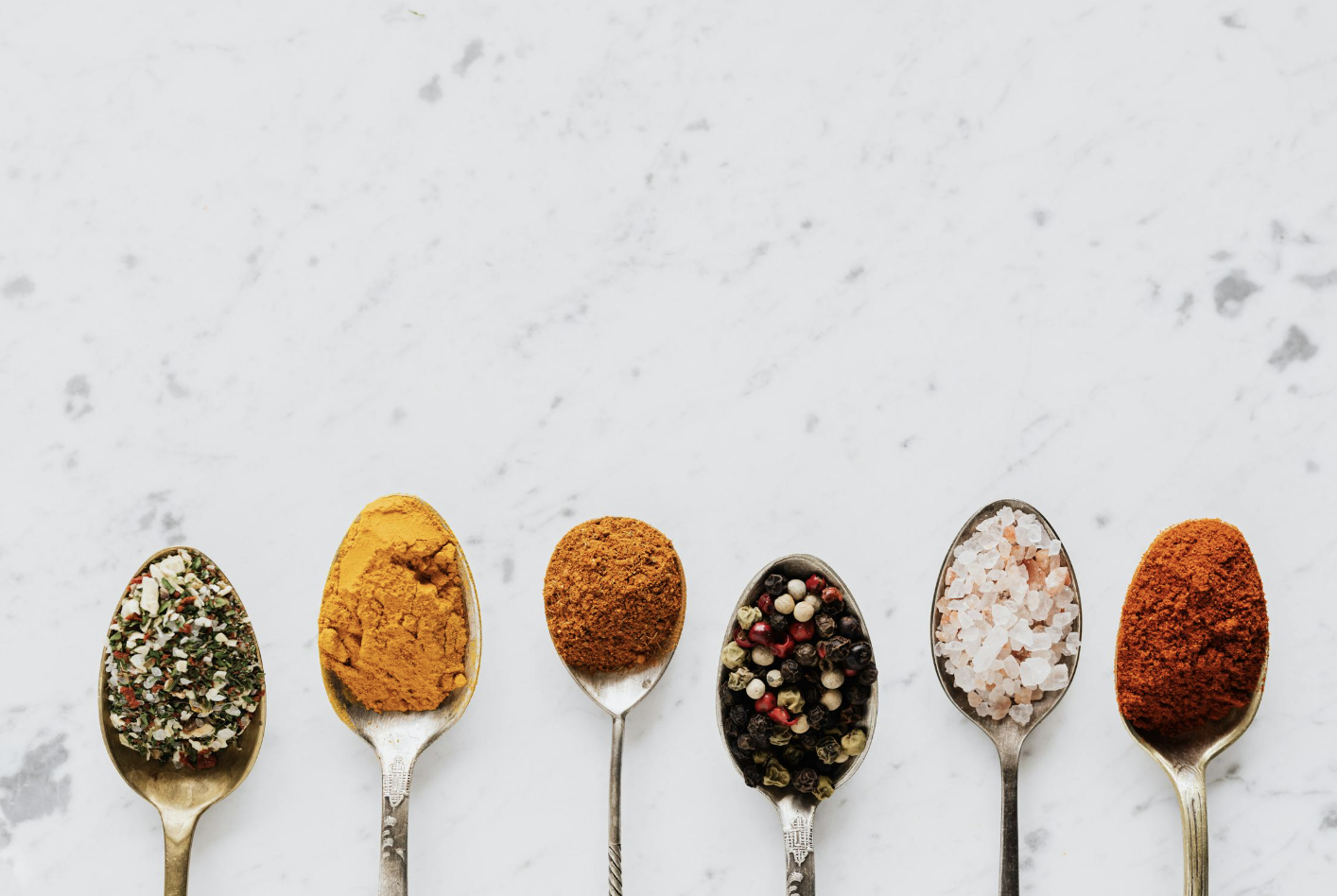 Before making changes, take stock of how much plastic you already have in your kitchen. Check food packaging, storage containers, utensils, and dishware. Instead of throwing everything out immediately, use what you already own until it needs replacing. Sustainable living is about reducing waste, not creating more of it.
Before making changes, take stock of how much plastic you already have in your kitchen. Check food packaging, storage containers, utensils, and dishware. Instead of throwing everything out immediately, use what you already own until it needs replacing. Sustainable living is about reducing waste, not creating more of it.
2. Swap Plastic Wrap for Reusable Alternatives
 Plastic wrap is one of the most common kitchen plastics. Replace it with:
Plastic wrap is one of the most common kitchen plastics. Replace it with:
- Beeswax Wraps – These are reusable, washable, and biodegradable.
- Silicone Lids – Flexible and durable, they fit over bowls and containers.
- Cloth Bowl Covers – Great for covering leftovers or dough while it rises.
- Glass or Stainless Steel Containers – Instead of wrapping food in plastic, store it in reusable containers.
3. Choose Plastic-Free Food Storage
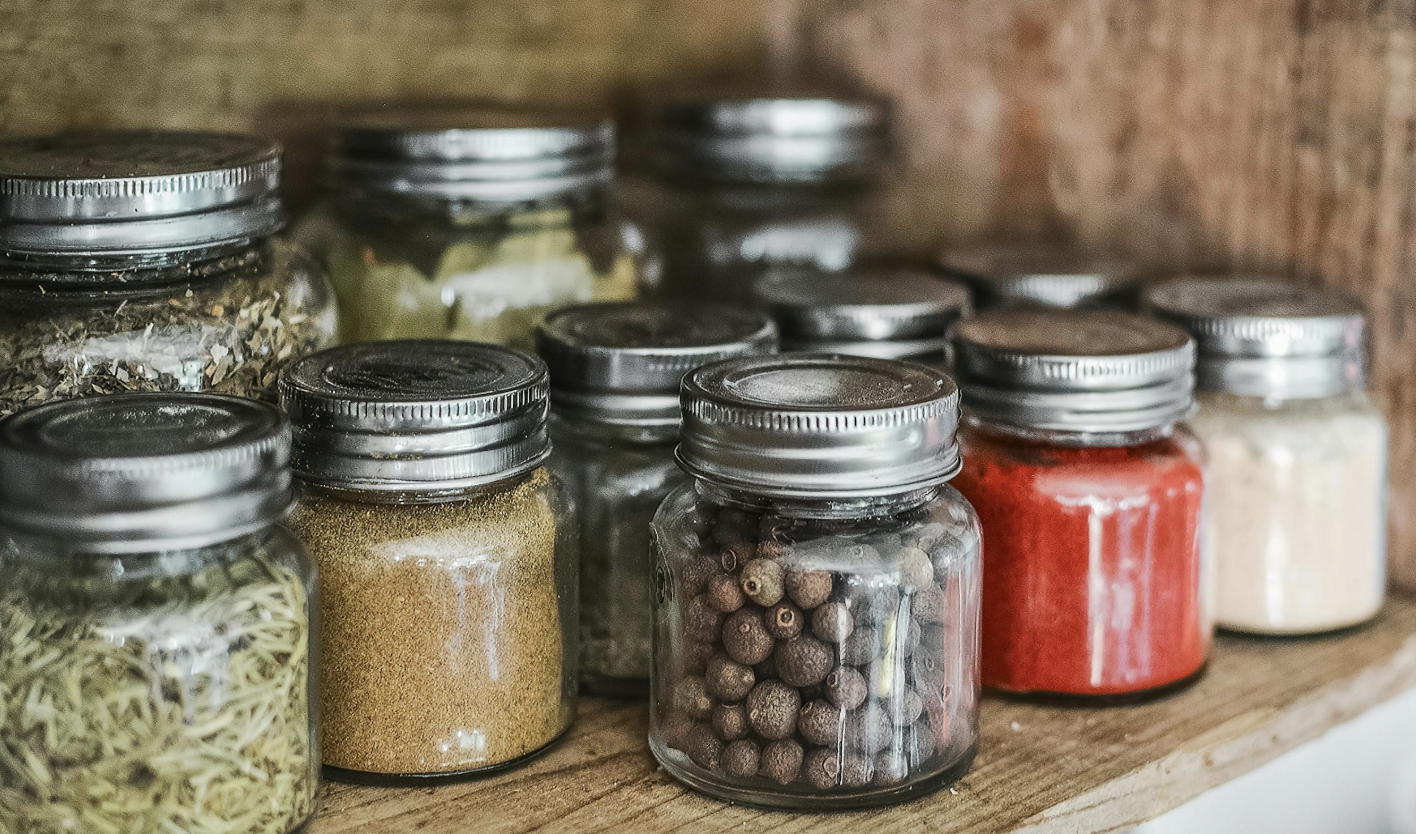 Instead of plastic containers, opt for:
Instead of plastic containers, opt for:
- Glass Jars and Containers – Mason jars are perfect for storing dry goods, leftovers, and even smoothies.
- Stainless Steel Containers – These are lightweight, durable, and great for packed lunches.
- Compostable or Silicone Bags – Instead of plastic ziplock bags, use compostable alternatives or reusable silicone bags.
4. Buy in Bulk and Avoid Plastic Packaging
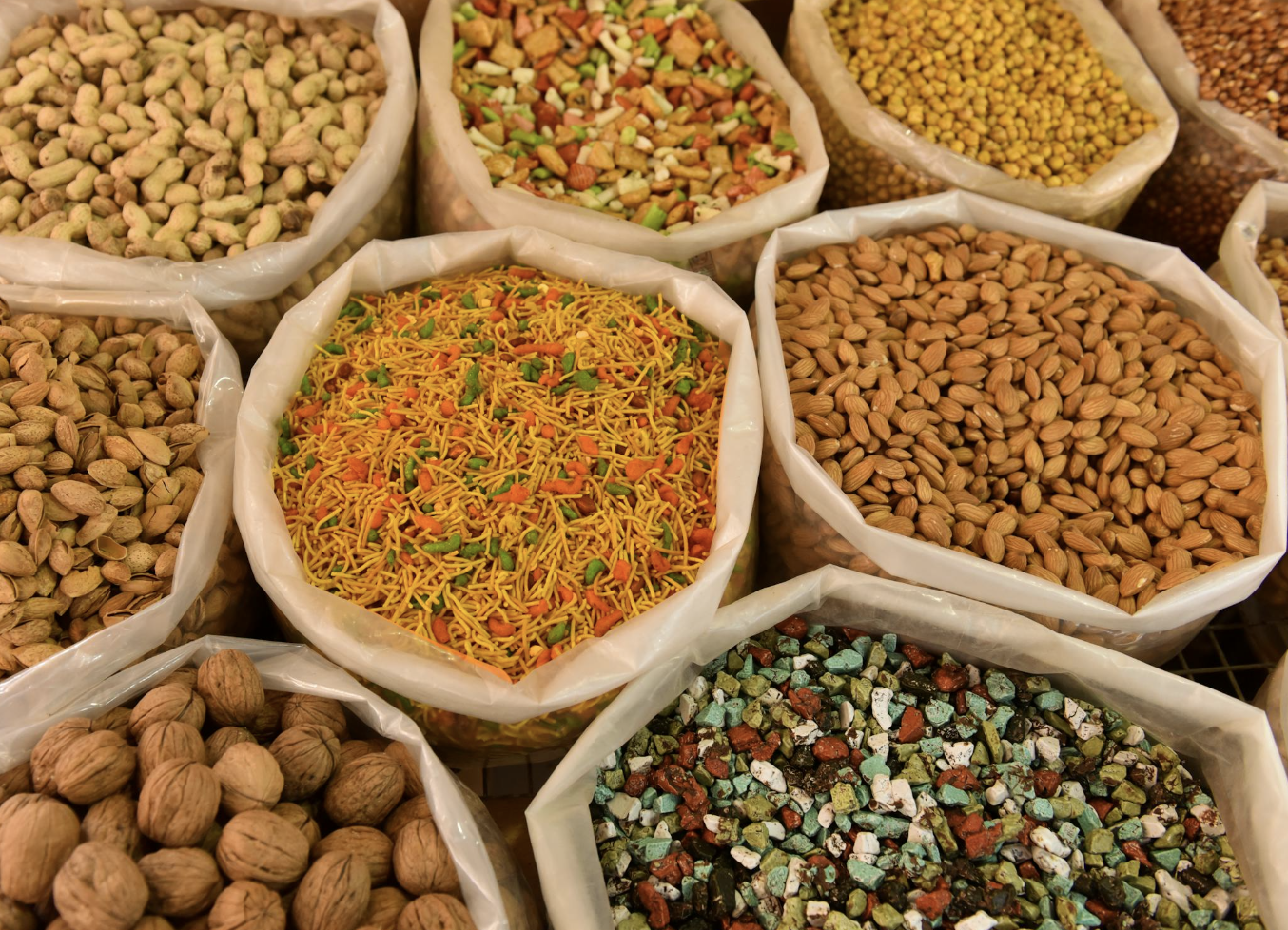 Food packaging contributes heavily to plastic waste. Here’s how to cut down:
Food packaging contributes heavily to plastic waste. Here’s how to cut down:
- Shop at bulk stores and bring your own reusable containers or cloth bags.
- Choose fresh produce instead of pre-packaged options.
- Look for grocery stores that support refill stations for dry goods, oils, and spices.
- Buy from local farmers’ markets, which often use less plastic.
5. Switch to Sustainable Utensils and Cookware
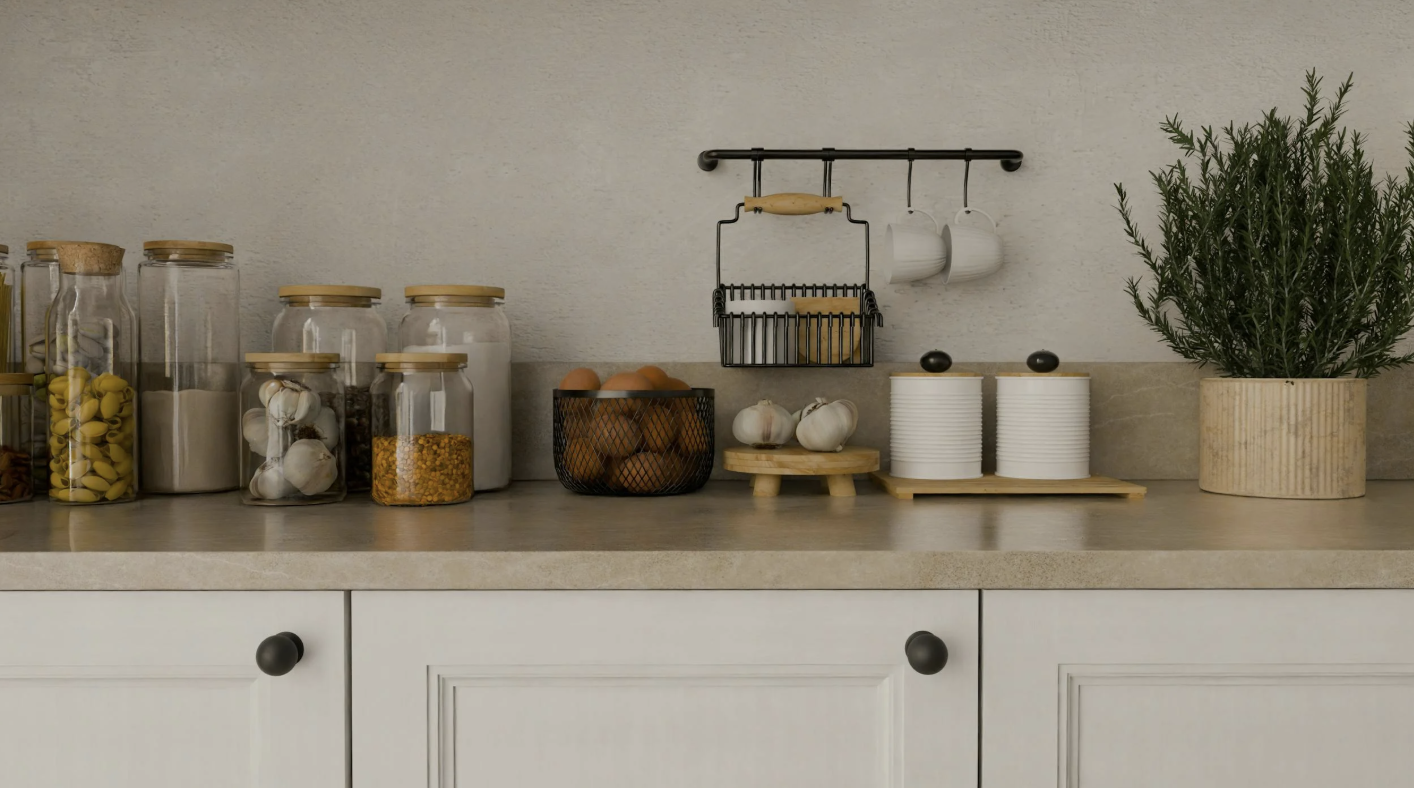 Plastic utensils, spatulas, and cutting boards wear out quickly and contribute to microplastic pollution. Opt for:
Plastic utensils, spatulas, and cutting boards wear out quickly and contribute to microplastic pollution. Opt for:
- Wooden or Bamboo Utensils – These are long-lasting and biodegradable.
- Stainless Steel or Cast Iron Cookware – Avoid non-stick coatings, which can release toxins over time.
- Glass or Ceramic Bowls – Instead of plastic mixing bowls, go for glass or ceramic alternatives.
6. Use Eco-Friendly Cleaning Supplies
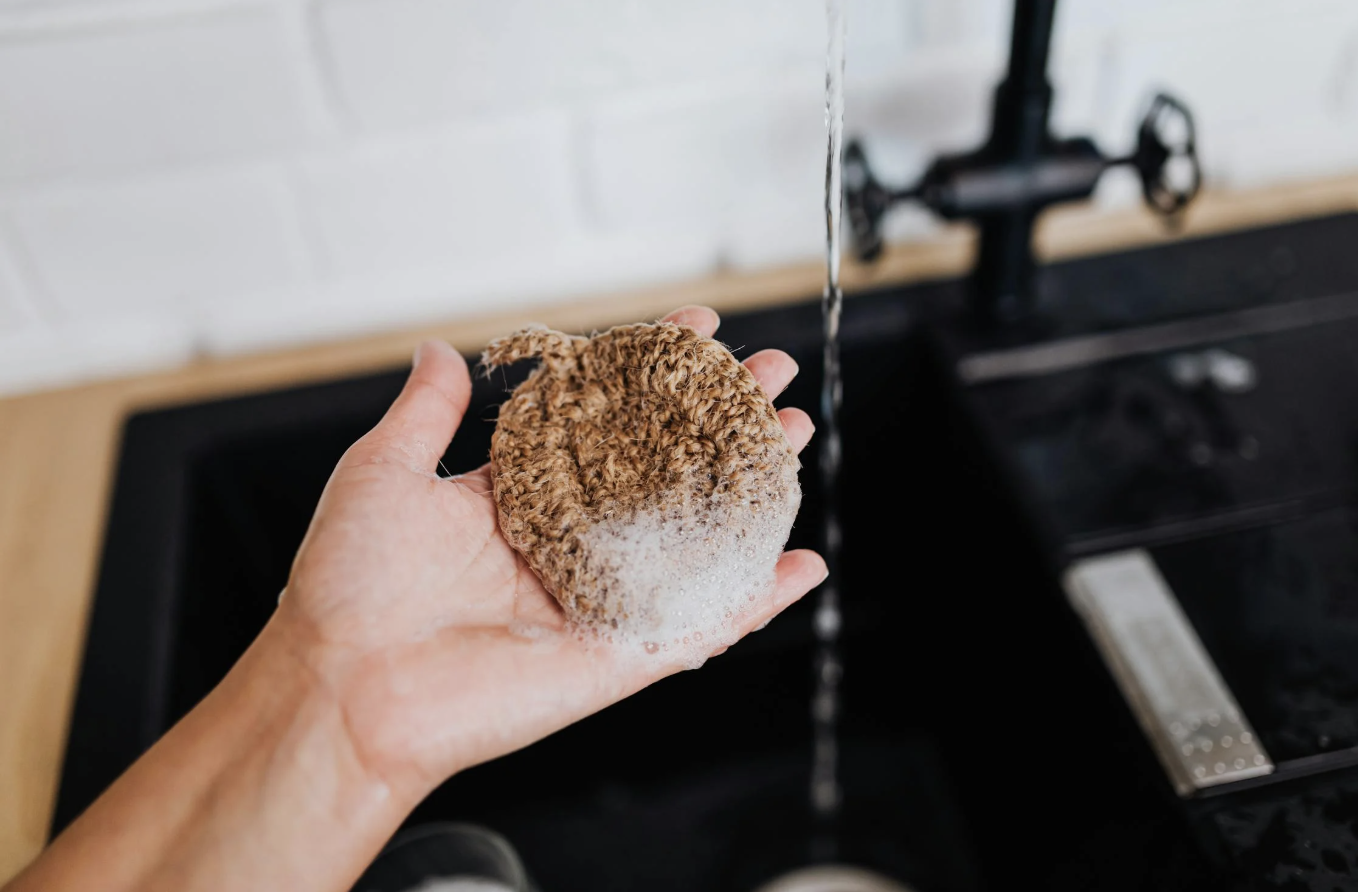 Many kitchen cleaning products come in plastic packaging and contain harmful chemicals. Consider:
Many kitchen cleaning products come in plastic packaging and contain harmful chemicals. Consider:
- Refillable Dish Soap – Find brands that offer refills or make your own using castile soap.
- Compostable Sponges and Brushes – Replace plastic sponges with compostable alternatives made of loofah or coconut fiber.
- DIY Cleaning Solutions – A simple mix of vinegar, baking soda, and lemon can replace most commercial cleaners.
- Reusable Dish Cloths – Instead of paper towels or disposable wipes, use washable cloths or Swedish dishcloths.
7. Ditch Plastic Drinking Bottles and Cups
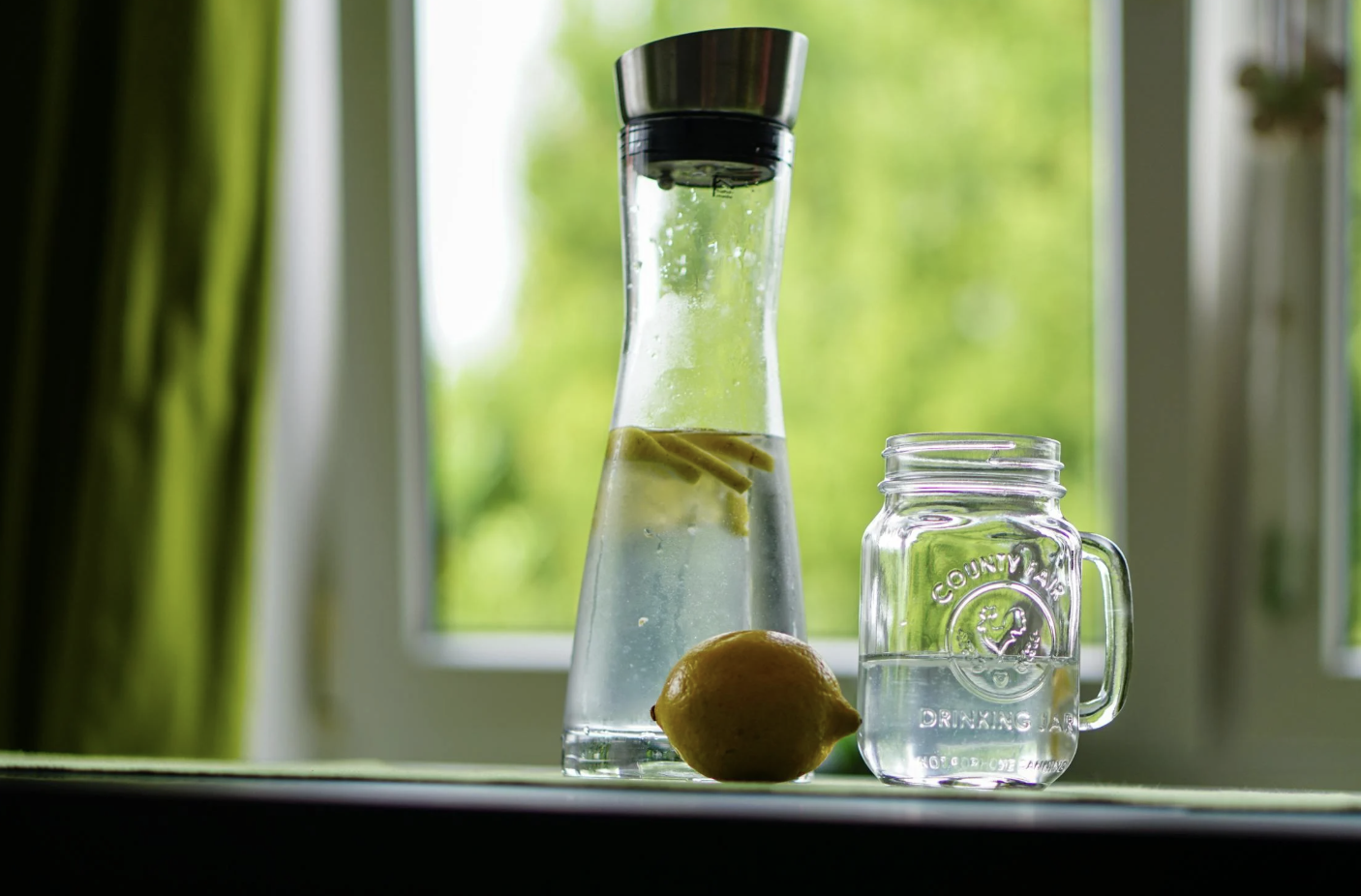 Bottled water and plastic cups contribute to massive amounts of waste. Instead:
Bottled water and plastic cups contribute to massive amounts of waste. Instead:
- Use a stainless steel or glass water bottle.
- Choose ceramic, bamboo, or glass cups for hot and cold drinks.
- Invest in a water filter instead of buying bottled water.
8. Be Mindful of Tea Bags and Coffee Pods
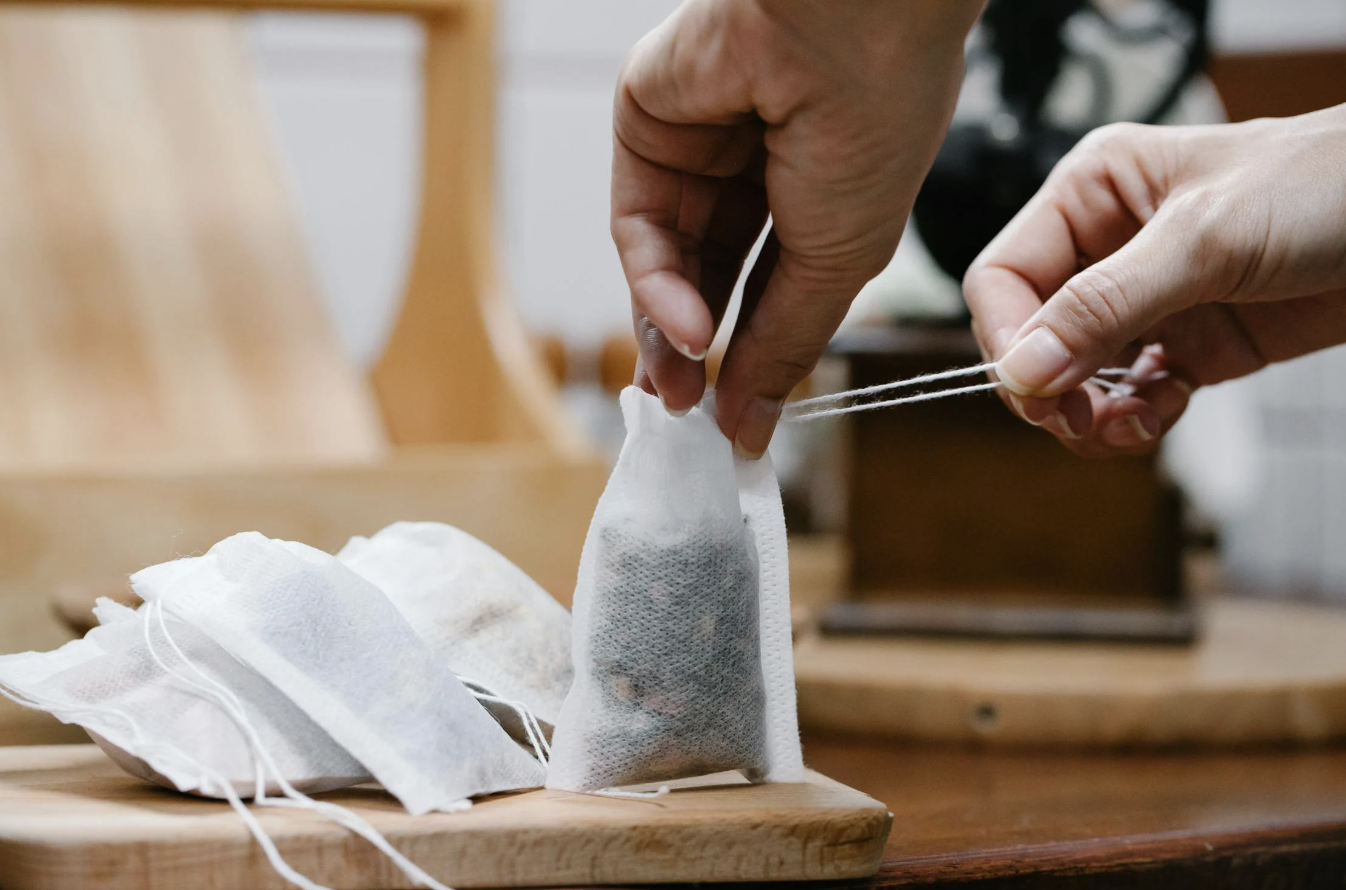 Many tea bags contain plastic, and coffee pods create excessive waste. Sustainable swaps include:
Many tea bags contain plastic, and coffee pods create excessive waste. Sustainable swaps include:
- Loose-Leaf Tea with a Tea Strainer – Avoid individually wrapped tea bags.
- French Press or Pour-Over Coffee Makers – Skip single-use coffee pods and choose reusable brewing methods.
- Compostable Coffee Filters – If you use a drip coffee maker, opt for compostable filters instead of plastic-lined ones.
9. Compost Kitchen Waste
 Plastic waste isn’t the only issue—food waste is also a major problem. Composting helps reduce landfill waste and enriches the soil. You can:
Plastic waste isn’t the only issue—food waste is also a major problem. Composting helps reduce landfill waste and enriches the soil. You can:
- Use a countertop compost bin for collecting food scraps.
- Find a local composting program if you don’t have space for your own.
- Consider a worm composting bin for apartment-friendly composting.
10. Stay Consistent and Inspire Other
 Going plastic-free doesn’t happen overnight. Start small, replacing one item at a time, and stay consistent. Share your journey with friends and family to inspire them to reduce their plastic use too. Small changes lead to big impacts when more people join in!
Going plastic-free doesn’t happen overnight. Start small, replacing one item at a time, and stay consistent. Share your journey with friends and family to inspire them to reduce their plastic use too. Small changes lead to big impacts when more people join in!
Final Thoughts
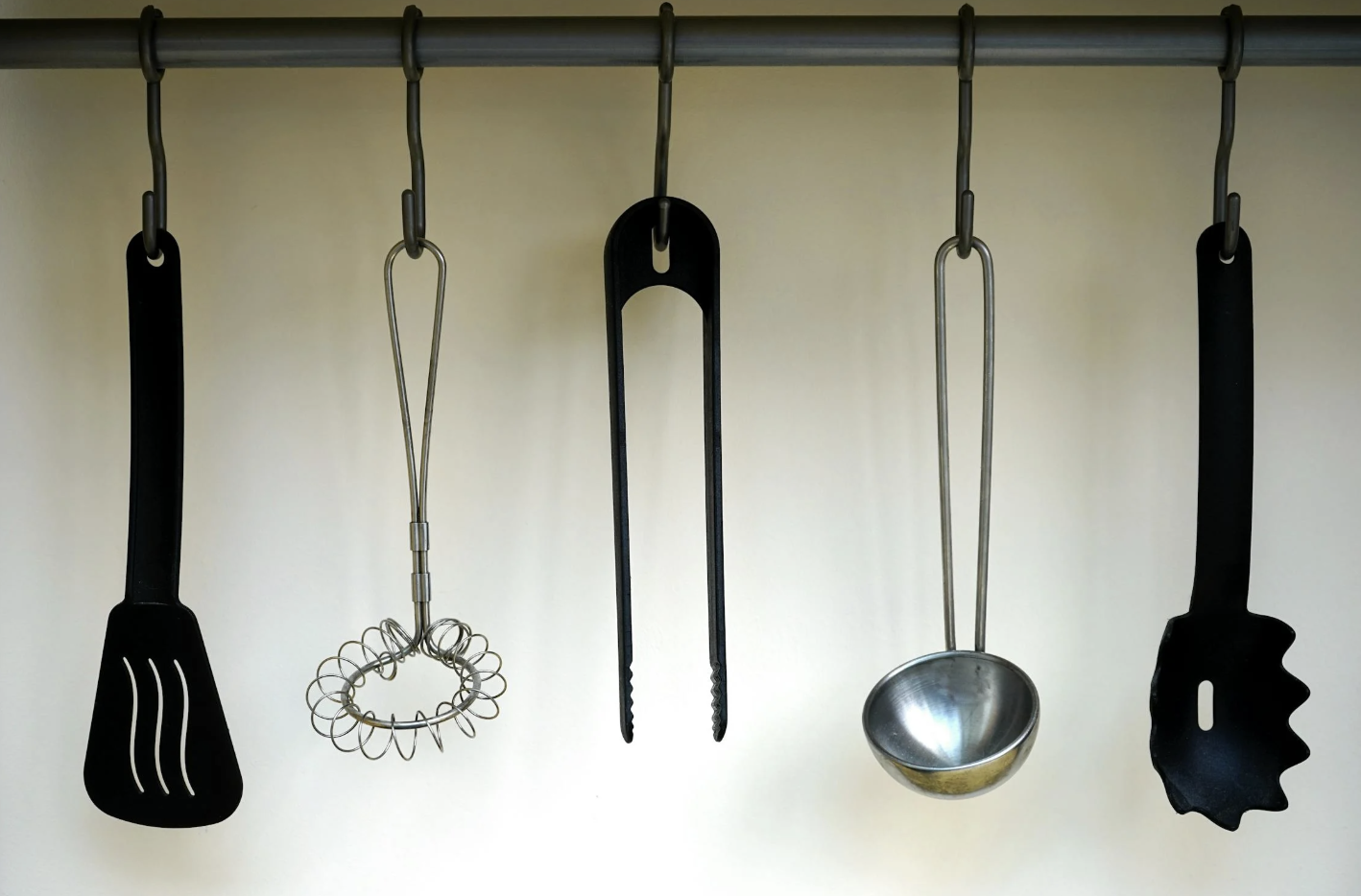 A plastic-free kitchen is about making mindful choices that benefit both the environment and your well-being. By reducing plastic use and choosing sustainable alternatives, you create a healthier home and contribute to a cleaner planet. Every step counts—so start where you can, and enjoy the journey toward a more eco-friendly kitchen!
A plastic-free kitchen is about making mindful choices that benefit both the environment and your well-being. By reducing plastic use and choosing sustainable alternatives, you create a healthier home and contribute to a cleaner planet. Every step counts—so start where you can, and enjoy the journey toward a more eco-friendly kitchen!




